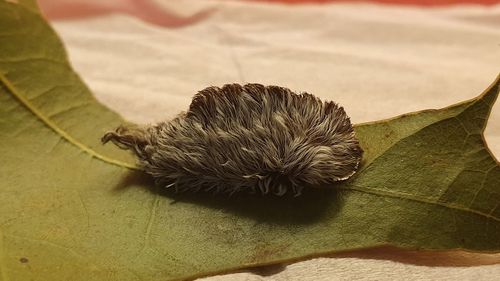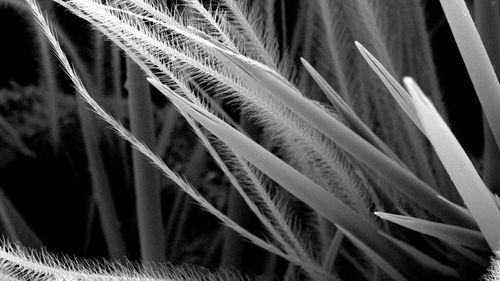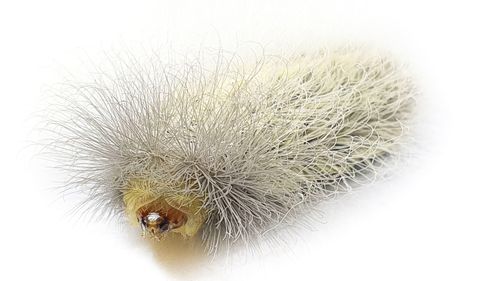The University of Queensland team found toxins in the venom of asp caterpillars, also known as the puss caterpillar, can “punch holes” in cells which could help in delivering drugs more effectively.
Asp caterpillars are native to North America and are usually found in oak or elm trees but be warned, they pack a punch.

The long-hair bristles have venomous spines that can deliver an excruciating sting that can hospitalise the victim.
But this venom could be the source of new medical treatments.
“We were surprised to find asp caterpillar venom was completely different to anything we had seen before in insects,” Dr Andrew Walker from the University of Queensland said.
“We saw proteins that were very similar to some of the bacterial toxins that make you sick.”

Bacteria toxins like E.Coli and Salmonella also punch holes in cells by binding to the top of the cell in a doughnut-like structure to form a hole which is what makes a patient so sick.
Read Related Also: News stories don't even make sense anymore
Researchers believe the asp caterpillar has evolved over 400 million years from bacterial genetics to have the ability to enter cells in this way.
“Many caterpillars have developed sophisticated defences against predators, including cyanide droplets and defensive glues that cause severe pain, and we’re interested to understand how they are all related,” Walker added.
“Venoms are rich sources of new molecules that could be developed into medicines of the future, pesticides, or used as scientific tools.”

The researchers also believe toxins that can punch holes in cells can be particularly effective in drug delivery because they can get inside the cell.
“There may be a way to engineer the molecule to target beneficial drugs to healthy cells, or to selectively kill cancer cells,” Walker added.
However, there is plenty of work to be done by researchers with any real use of the venom for medical treatment likely decades away.

Fish and chip shop worker goes more than a year without eating






